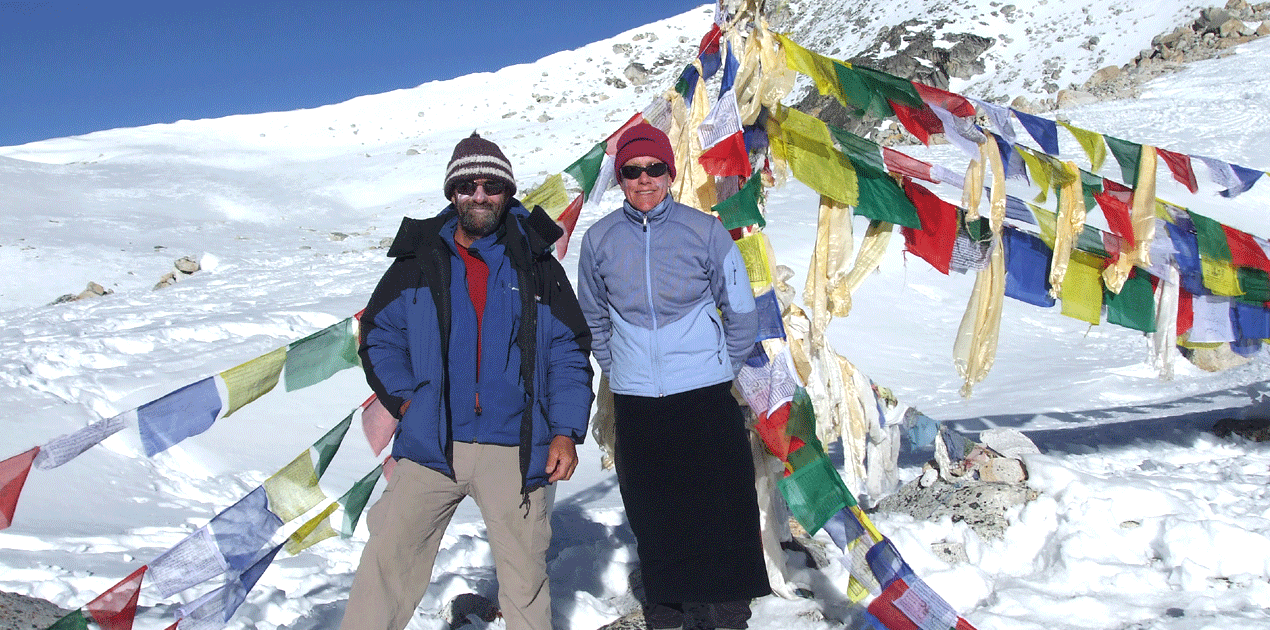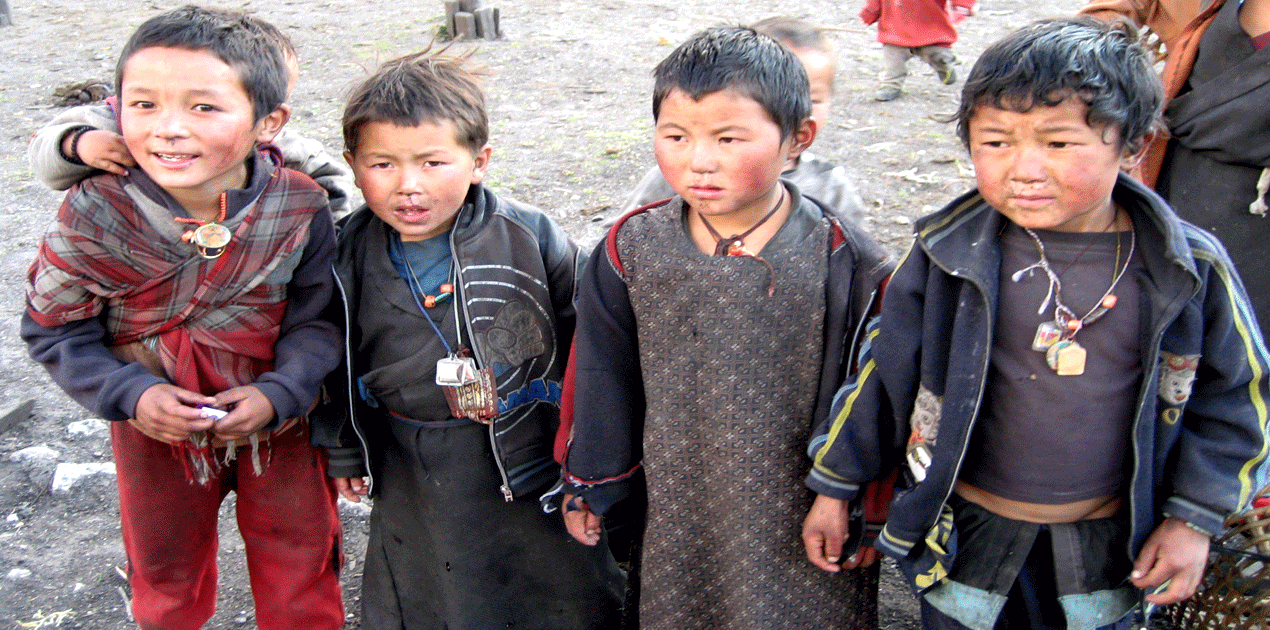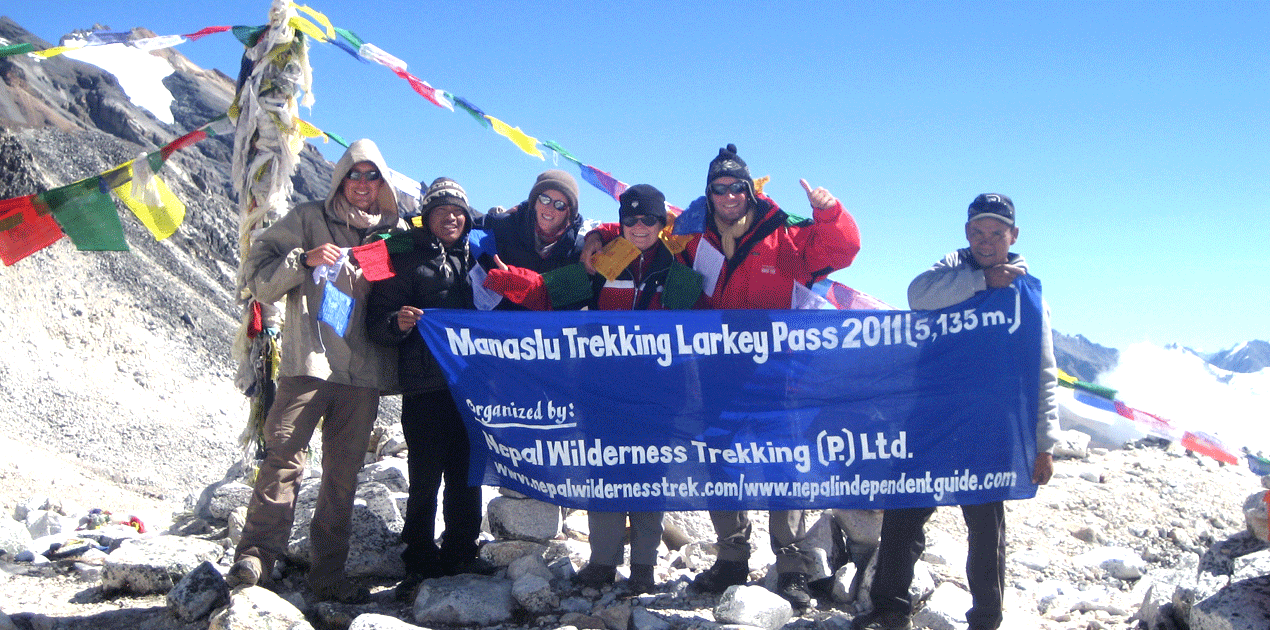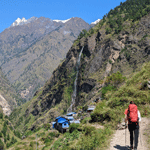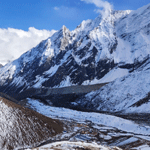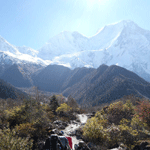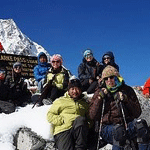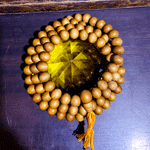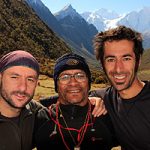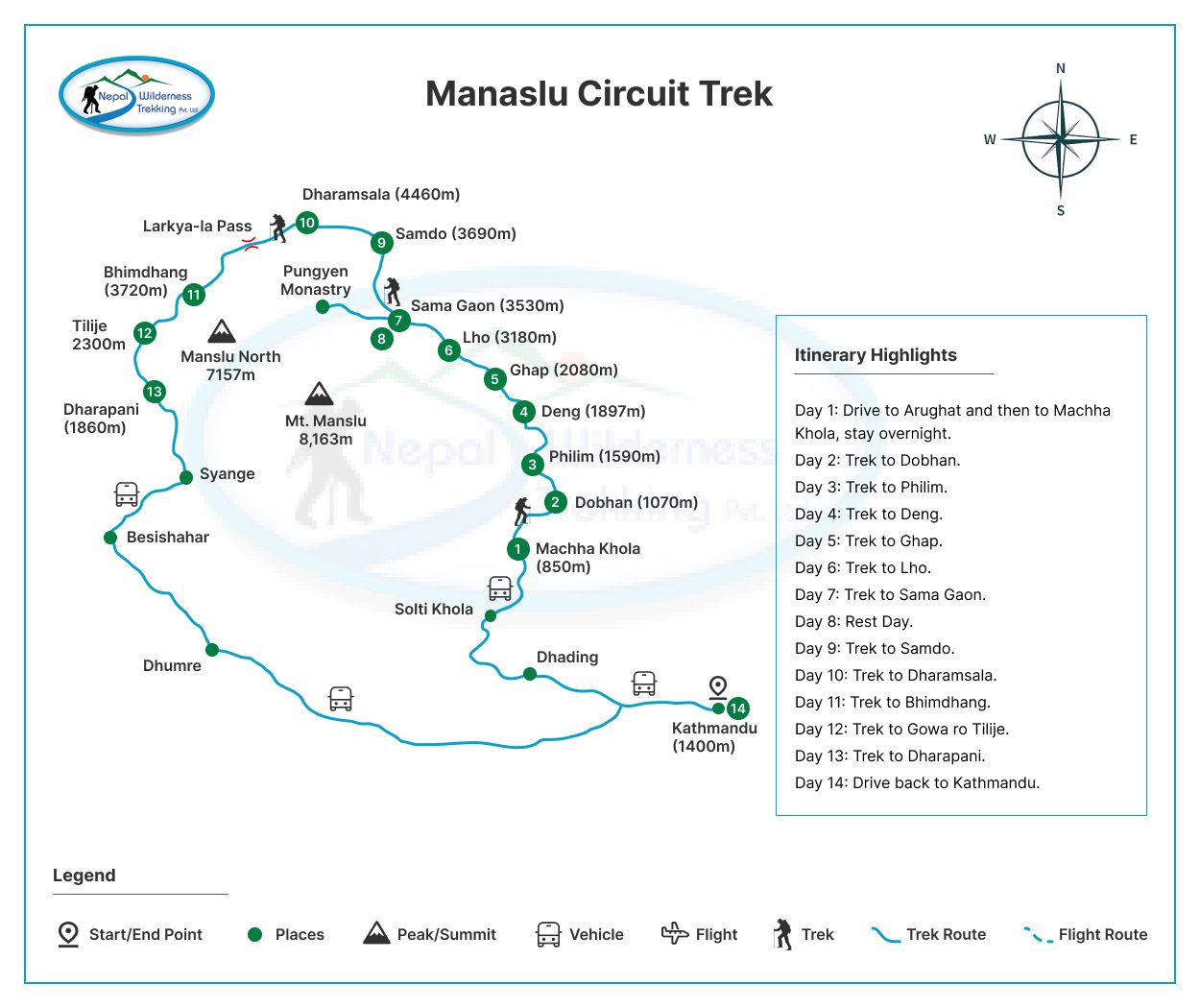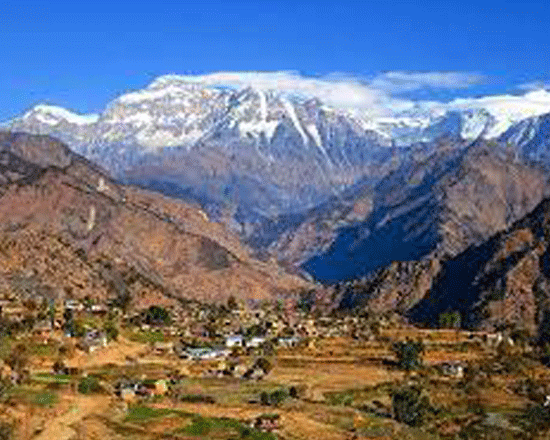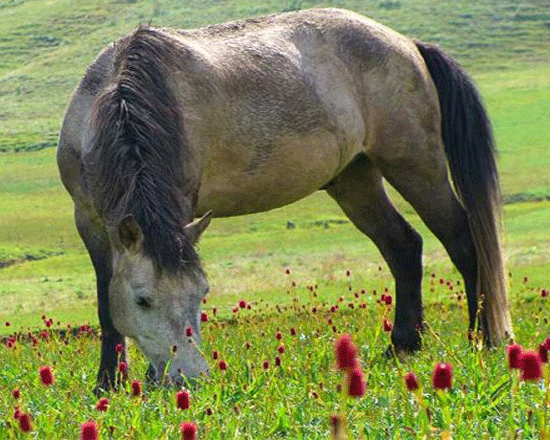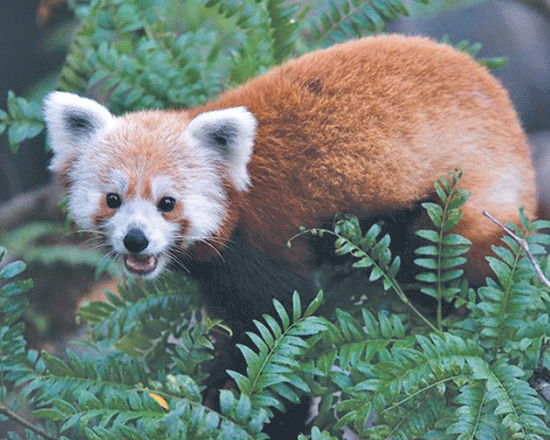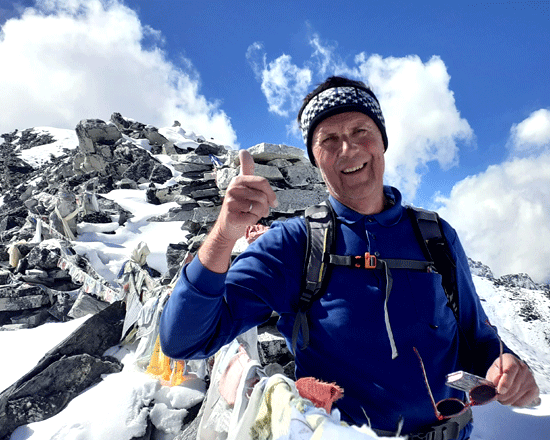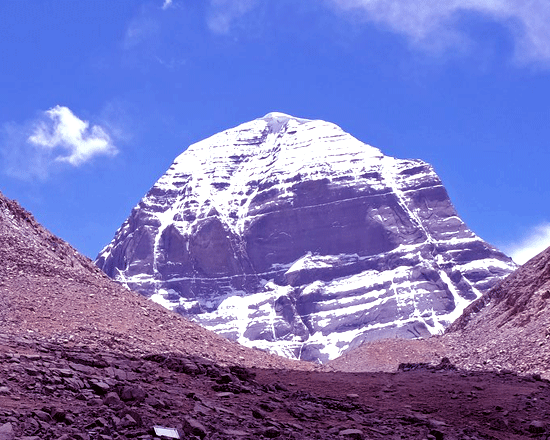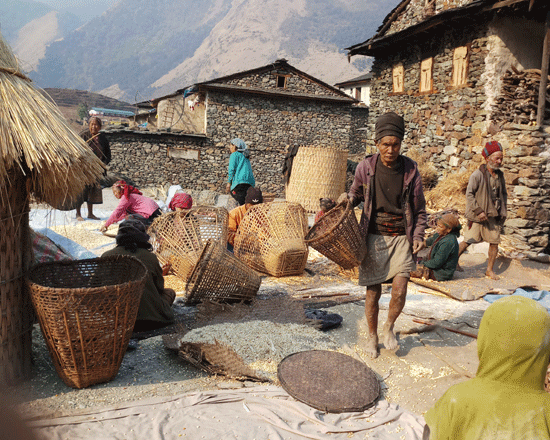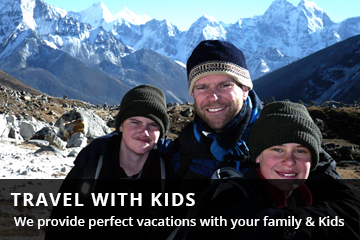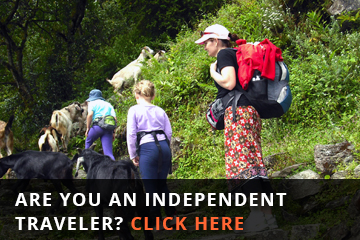The Manaslu Conservation Area stands as a biodiversity hotspot, providing sanctuary to an extensive array of flora and fauna. It showcases an impressive diversity of wildlife and plant life, rendering it an idyllic destination for nature enthusiasts and conservation advocates alike.
Mammals: Within this conservation area reside a remarkable 33 mammal species. Among them, the enigmatic snow leopard holds prominence, recognized for its elusive nature and iconic magnificence. Noteworthy mammals also include the musk deer, a reserved and endangered species valued for its musk scent, and the Himalayan tahr, an agile and sure-footed mountain ungulate.
Reptiles: Although sightings of reptiles are comparatively rarer than other wildlife, the Manaslu Conservation Area hosts three reptile species.
Birds: Boasting 110 bird species, this conservation area emerges as a haven for birdwatchers. A multitude of avian varieties grace bird enthusiasts with their presence, encompassing vivid pheasants, eagles, vultures, and other high-altitude birds.
Vegetation: The spectrum of vegetation in the Manaslu Conservation Area is incredibly diverse, housing an impressive count of 1,500 to 2,000 flowering plant species. This vibrant array of flora encompasses various rhododendron species, orchids, and alpine plants, imbuing the landscape with bursts of color.
Functioning as a conservation area, diligent efforts are dedicated to preserving the natural habitat and safeguarding the wildlife within its confines. This commitment guarantees that forthcoming generations can relish the opulence and allure of the Manaslu region’s ecosystem. Visitors to this area are bestowed with the opportunity to witness the Himalayas’ natural marvels, partake in its biological variety, and contribute to the preservation endeavors that shield these invaluable species and their habitats.
Note:
All our published below dates are guaranteed departures. If the dates don’t match your travel plans, we are more than happy to create your desired date. Let us know what kind of trip you are looking for and we will help in your dream destination.

